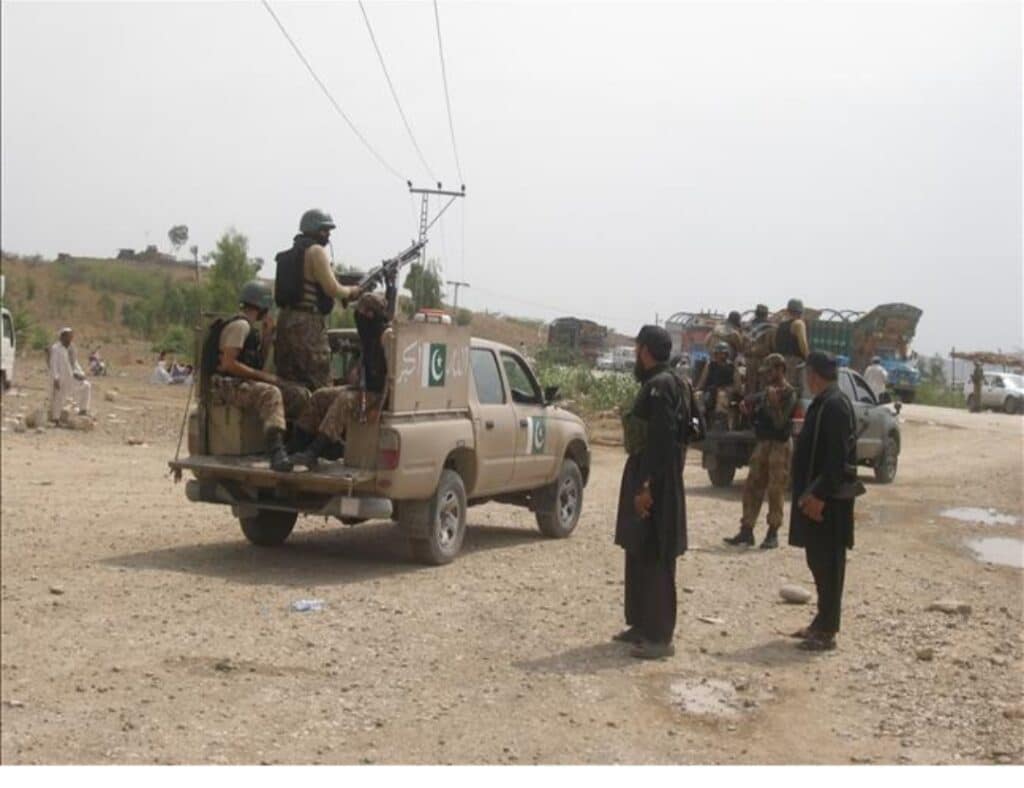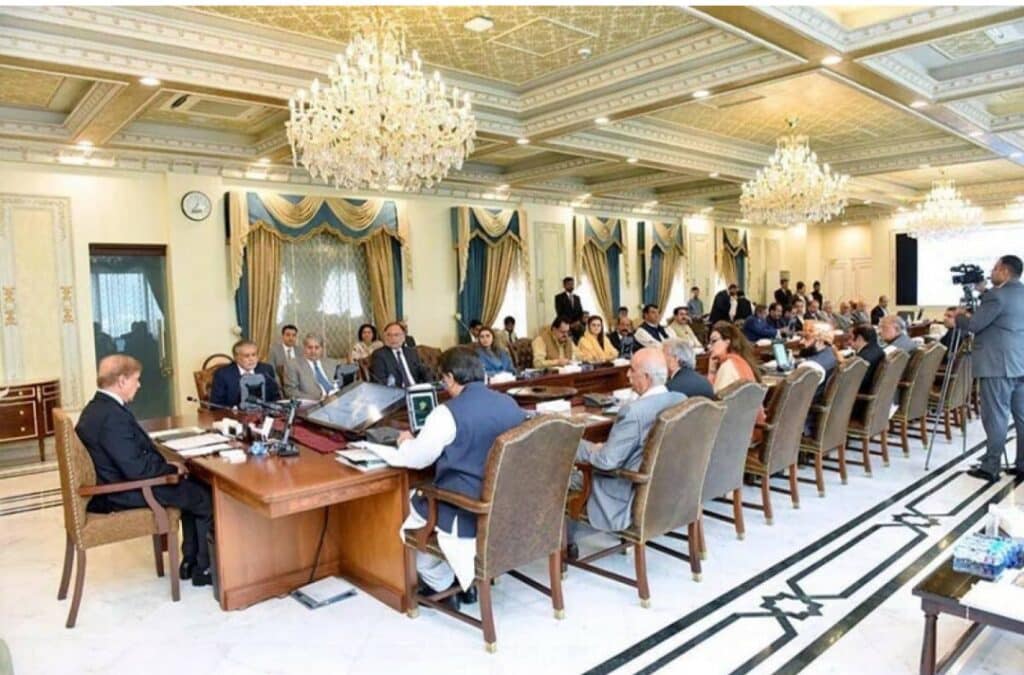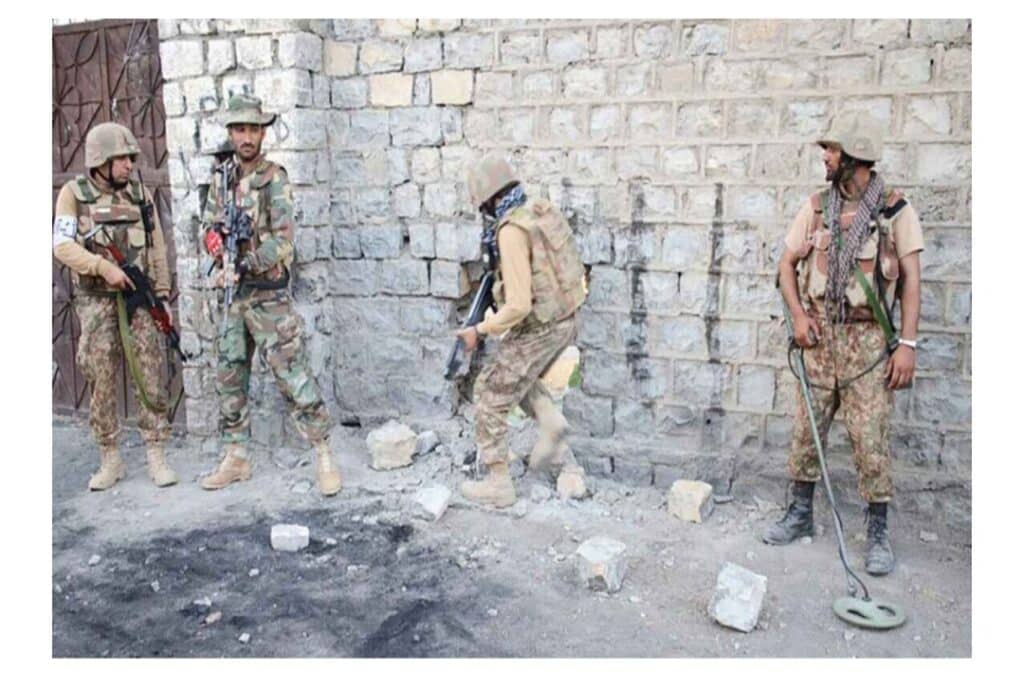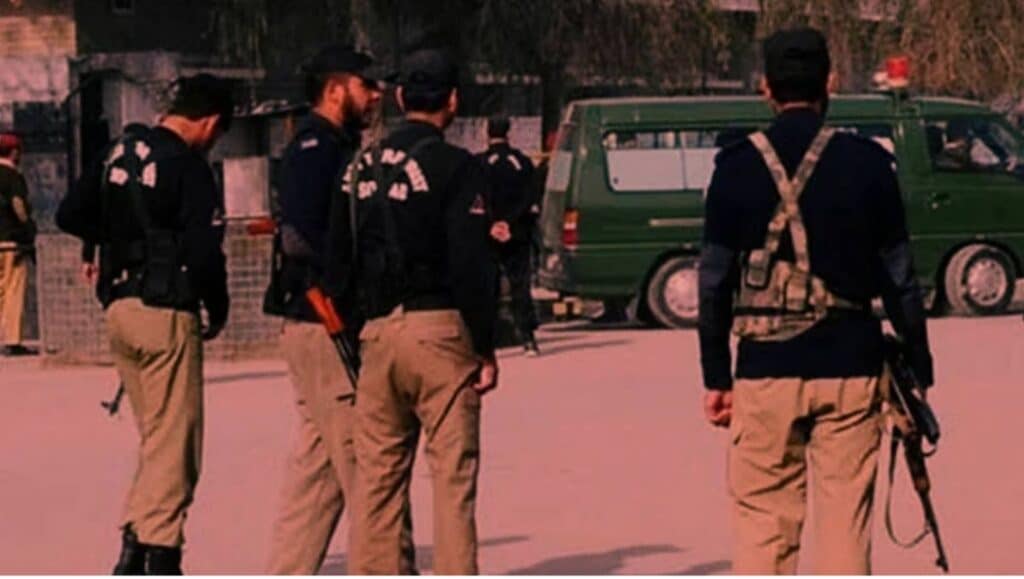Pakistan’s security forces have successfully thwarted another infiltration attempt on the Pak-Afghan border in the Hasan Khel area of North Waziristan. According to ISPR, troops detected the movement of a large group of terrorists affiliated with Khawarij during the night between July 1 and 2, and into July 3. Prompt and effective action by Pakistani forces prevented the infiltration attempt.
This attempted infiltration has once again highlighted the dangerous role of foreign proxies, with India allegedly backing such militant groups. Pakistan has demanded that the interim Afghan government take immediate and concrete steps to prevent the use of its soil for terrorist attacks against Pakistan.
Just two days before this incident, a terrorist attack shook Khar, a tehsil in Bajaur District, where a bomb explosion targeted a government vehicle. The attack resulted in the martyrdom of the Assistant Commissioner, the Tehsildar of Nawagai, and two police personnel, along with one civilian, totalling five lives lost. Sixteen others were injured in the deadly attack.
The terrorists used a motorcycle rigged with seven to ten kilograms of explosive material in a remote-controlled detonation. Investigators say the bomb had been planted and timed to coincide with the movement of the official vehicle. The precision and nature of the attack once again point toward well-funded and trained terrorist networks operating with foreign support.
Evidence continues to mount that Afghanistan’s territory is being used to launch attacks inside Pakistan. Despite repeated assurances, the interim Afghan government has failed to stop these violations. Pakistan’s security institutions believe that India is directly supporting these terrorist elements, financially, logistically, and strategically.
India’s designs against Pakistan are no secret. Its ties with the current Afghan regime, its military and intelligence footprints in border regions, and its history of proxy warfare are well documented. The use of terrorism as a tool to destabilise Pakistan is now widely acknowledged among defence analysts.
After the Pulwama attack in 2019, India attempted to impose aggression on Pakistan, which resulted in a strong and decisive response by the Pakistan Armed Forces. Not only was India’s aggression repelled, but Pakistan also emerged stronger, exposing India’s military weaknesses on the international stage.
Recently, India’s own top military officials have admitted to their failures. Indian Deputy Army Chief Lieutenant General Rahul Singh openly stated that Indian forces were unable to match Pakistan’s superior military capabilities. Speaking at a seminar on New Age Military Technologies, he also confessed to the effectiveness of Pakistan Air Force’s electronic warfare systems during “Operation Sindoor.”
Lieutenant General Rahul Singh lamented that while India faced a single geographical front, its adversaries were united: Pakistan, China, and Turkey. He revealed that China had been sharing live intelligence with Pakistan during the conflict and that 81 percent of the arms and equipment used by Pakistan over the past five years were of Chinese origin. He also acknowledged Turkey’s significant role in supporting Pakistan during the military confrontation.
Rahul Singh further noted that China’s doctrine of “striking with borrowed knives” was visible in this conflict, with Pakistan serving as a test bed for Chinese military equipment. He admitted that India’s S-400 air defence system was destroyed on May 10, and that India lacked the logistics and supply chains to respond effectively.
In June, Indian Air Chief Marshal Amar Preet Singh also expressed frustration over the delays in India’s defence modernisation projects. He criticised the slow pace of procurement and readiness, admitting that India’s strategic plans often fail to materialise in time.
Despite blaming others, Indian military leadership continues to acknowledge Pakistan’s professional edge. Unlike India, Pakistan never complained about Israel or France supplying arms to India. Instead, it relied on its military readiness, strong leadership, and the trust of its people, all of which played a key role in its victory.
India’s internal political turmoil is now visibly reflected in the public statements of its own military brass, who are openly criticising government policy. Their complaints point to an increasing rift between military and political leadership, a sign of the crisis brewing within.
Still reeling from its defeat, India has intensified its support for terrorist groups operating out of Afghanistan. This includes financing, training, and facilitating attacks in Pakistan. Afghanistan’s soil continues to serve as a launching pad for anti-Pakistan terror operations, and India remains a major stakeholder in these proxy wars.
At the same time, the weaknesses of the Khyber Pakhtunkhwa provincial government have become clear. Terrorist facilitators embedded in civilian populations are not being adequately tackled. It is the responsibility of civilian institutions to crack down on these enablers, but the ground reality is that the state’s writ in KP, Balochistan, and parts of interior Sindh is alarmingly weak. Similar conditions prevail in South Punjab.
It is only natural to ask: Why are civilian law enforcement institutions failing to expose and arrest these terror facilitators? Provincial governments must seriously reflect on this and take action before it’s too late.
Breaking the links between terrorist organisations and their domestic enablers is a critical responsibility of Pakistan’s intelligence community, including both civilian and military wings. Police intelligence networks are particularly important, they extend deep into neighbourhoods, streets, and villages, making them vital in identifying threats at the grassroots level.
These networks must be strengthened and empowered to help expose safe houses, logistics channels, and support systems that keep terror outfits alive. While kinetic operations have repeatedly delivered blows to terrorist groups, they often escape across the Afghan border to regroup. TTP and other affiliate organisations remain active and protected within Afghanistan.
Meanwhile, thousands of individuals previously linked with terror networks in Afghanistan have been resettled in various areas of Pakistan. Once relocated, many resumed their old activities, directly contributing to a renewed wave of violence.
This flawed policy of reintegration has led to increased instability in KP, turning latent unrest into active terrorism. The reduction in pressure on these groups allowed them to breathe and reorganise, effectively resurrecting the terror network that Pakistan’s security forces had dismantled through immense sacrifice.
India, for its part, is now pumping more resources than ever before into these outfits. It is not only funding and arming them but also training them in new tactics and asymmetric warfare. Its aim: to disrupt Pakistan’s peace, sabotage development in KP and Balochistan, and weaken the state from within.
To ensure Pakistan’s survival and growth, especially in KP and Balochistan, eliminating terrorism is imperative. The first and foremost target should be the internal facilitators of these attacks. Without their support, terror operations cannot succeed.
Terrorism is being weaponized against Pakistan, not just by militants, but by political and financial elites who view national resources as spoils for their own benefit. These elite groups want to control the state for their personal gain and have historically exploited Pakistan’s system to serve their interests.
As their power starts to wane in the face of a shifting political and security landscape, they are resorting to organised propaganda against the state. Until these elements are marginalised in Pakistan’s power politics, true national progress will remain elusive.





